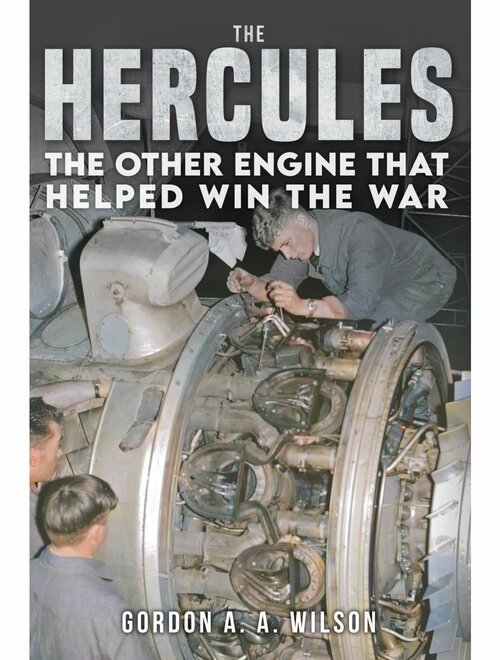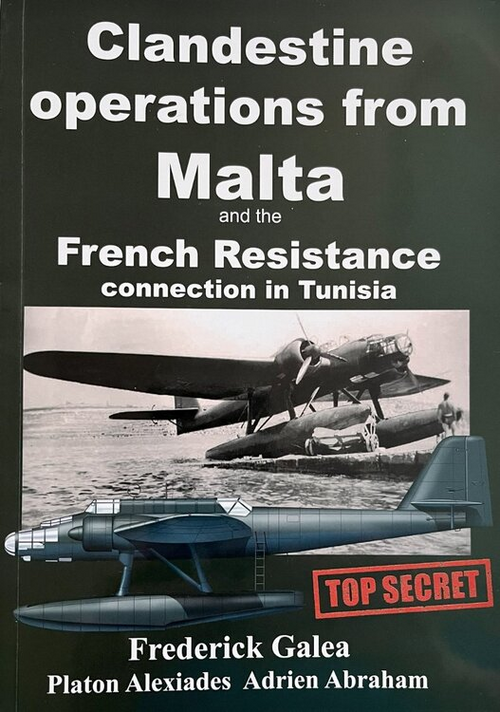alberchico
I really should change my personal text
- Joined
- 14 January 2014
- Messages
- 706
- Reaction score
- 1,512






 mattdearden.co.uk
mattdearden.co.uk




Now with cover picture:Fiat Fighters
C.R.32, C.R.42 Falco, G.50 Freccia, G.55 Centauro
Author: Luigino Caliaro
This is the second volume in Luigino Caliaro's trilogy on the main Italian fighter types to see service in the Second World War. This book focuses on the fighter designs that emanated from the Turin-based Fiat company. The author describes the long and illustrious history of Fiat and introduces the early biplane designs of the gifted engineer, Celestino Rosatelli, before dealing with four of Fiat's most successful and acclaimed aircraft.
Constructed of fabric-covered light alloy, the CR.32 biplane was one of the most outstanding fighters of the late 1930s. Besides flying with the Regia Aeronautica in the Spanish Civil War, it also saw service with the air forces of China, Austria, Hungary, Paraguay and Venezuela. The CR.42 Falco, Rosatelli's evolution of the CR.32, became the last single-seat biplane fighter to be built by the belligerent nations of the Second World War and it was also exported to several other nations, including Belgium and Sweden, as well as the Luftwaffe. The CR.42 saw service in the Mediterranean and North Africa, the Balkans and Iraq, and there was a nightfighter variant. In terms of monoplane fighters, the radial-engined G.50 Freccia, designed by Giuseppe Gabrielli, became the first Italian all-metal, single-seat fighter with a retractable undercarriage. It saw wide deployment in Spain, the Balkans, the Aegean and North Africa, while machines also went to Finland and Croatia. The G.55 Centauro, powered in its ultimate variant by the RA.1050 R.C.58 Tifone liquid-cooled engine, which was a license-built version of the German DB 605A-1, equipped both the Regia Aeronautica and the Aviazione Nazionale Repubblicana (ANR).
Drawing on company documents and reports from military archives, the book explores the design, development and operational career of each type, as well as production, prototypes, technical aspects and much else. The volume is illustrated throughout with hundreds of rare and fascinating photographs.
ISBN: 9781800353121
Binding: Hardback
Dimensions: 303mm x 226mm
Pages: 288

 www.casematepublishers.com
www.casematepublishers.com


Thanks for the interest! Shaping the Vulcan explores the Victor design too, as an essential part of understanding the aerodynamics technology landscape at the time, and the choices that Avro made. Let’s see what the reaction is prior to thinking about any more books!Mortons Books in the UK (Tempest is an imprint of theirs) tells me that the long-awaited book Designing the Vulcan by Stephen Liddle is still in progress, now under a new title; see the attached revised front cover. I look forward to purchasing a copy when it's published, perhaps late this year. I too would love similar books on the Valiant and Victor, if possible.

AVAILABLE OCTOBER 2023
In this thoroughly researched, detailed and exhaustive study, aviation historian Luigino Caliaro tells the story of the three main fighters to serve in World War II produced by the Varese-based Aeronautica Macchi. The C.200 Saetta (Lightning) was conceived in 1935 by Ing. Mario Castoldi as a short-range interceptor powered by a Fiat A.74 R.C.38 14-cylinder radial engine and armed with twin 12.7 mm machine guns. By war’s end some 1,150 examples had been built. The C.202 Folgore (Thunderbolt) incorporated the German Daimler-Benz 601A in-line engine licensed-built by Alfa Romeo.
Finally, the C.205 Veltro (Greyhound) was powered by the more powerful Daimler-Benz DB 605. The internationally renowned British test pilot, Captain Eric Brown, told the author that the C.205 was ‘was a superb fighter, with a beautiful line and good armament… In my opinion its flying performance was totally comparable with the Spitfire.’
Drawing on company and military archive reports, the author traces the origins of Aeronautica Macchi before examining the design and development of each type, as well as, in each case, production, prototypes and technical aspects. Also covered in this profusely illustrated volume are details of the operational variants and project designs, along with a detailed narrative covering the history of each aircraft in service with the Regia Aeronautica, the Aviazione Nazionale Repubblicana, the Luftwaffe and Croatian Air Legion. Additionally, post-war service with the Aeronautica Militare and the Royal Egyptian Air Force is explored, as well as camouflage, markings, heraldry and insignia.
With hundreds of photographs, drawings and colour artwork, this book forms the most comprehensive and informative account of this trio of aircraft in the English language.
PRODUCT DESCRIPTION
ISBN: 9781800352803
Binding: Hardback
Dimensions: 303mm x 226mm
Pages: 224
Photos/Illus: Approx. 650 photos, colour artworks, detailed art and line drawings
View attachment 729216
By John Greenacre and Major Mike Peters.
Since formation in 1957 the Army Air Corps has played a prominent role in almost every British Army operation in modern times. Ops Normal is an unrivalled and comprehensive operational history of the Army Air Corps experience. It is a unique insight into the aircraft deployed, and the experiences of the men and women involved.
Volume 1 of Ops Normal is exceptional as it draws generously on the testimony of those who were deployed on the early operations. Aircrew and Groundcrew, provided critical aviation support to the full spectrum of flying operations in the most hazardous environments, often under fire. It also captures the pace of change and turbulence as the small embryonic corps of aviators evolved into the fully fledged combat arm of today.
Ops Normal covers operations in Malaya, Borneo, Hong Kong, Cyprus, Kuwait, Aden, British Guiana, Belize and in Northern Ireland. It uses previously unpublished material, thought-provoking first-hand accounts coupled with contemporary unit records, and many unpublished images. The result is a fresh and compelling history of a Corps that though diminutive in numbers, rank as one of the most potent in the British Army's order of battle.
Ops Normal is the only complete and authorised account of British Army aviation operations undertaken by the Army Air Corps. It is a fitting tribute to all who wore the sky blue beret and especially those that made the ultimate sacrifice. It is also a testimony to those that survive with the physical and mental scars of their service.
110 pages first of six volumes what??
Subsequent volumes will each examine a generation of missiles and their service employment, from the earliest models of the Second World War through to the most up to date designs currently in service around the world.

The new book Clandestine Operations from Malta and the French Resistance Connection in Tunisia compiled by Frederick Galea, Platon Alexiades and Adrien Abraham, offers a fascinating insight into the clandestine operations and tumultuous events in Malta and Tunisia during World War II.
Offering a riveting blend of espionage, military strategy and personal bravery, the account of clandestine operations during wartime Malta provides a captivating flimpse into the covert efforts that helped shace the course of history in the Mediterranean. From the daring pre-war photo-sorties over Sicily to the collapse of the French Army and the subsequent emerpence of resistance networks, each chapter offers a compelling narrative filled with intrigue, bravery, and strategic manoeuvres.
Through meticulous details and rich storytelling, the book brings to life the daring exploits of several individuals whose roles in intelligence gathering and security operations were pivotal in the defence of Malta, Colonel Bertram Ede's establishment of a network of informers and the creation of MI5’s presence in Malta and later the posting to Malta of Major Anthony Morris SIS, the story of Lawyer and officer André Mounier, the key figure to the French Resistance Network in Tunisia, showcases the intricate web of intelligence gathering and counterintelligence measures undertaken to safeguard the island, offers to readers a poignant portrayal of loyalty, sacrifice and the moral complexities faced in times of war.
Daring escapes to Malta from Tunisia, as of the submarine Narval and the subsequent Latécoère 298 torpedo-carrying seaplane which absconded from Aeronavale’s Escadrille base at Bizerte and followed by a French Loire 130 flyingboat based aboard the battleship Richelieu for catapult launching as well as the use of captured German Heinkel 115 floatplanes, all based at Kalafrana. This is a gripping account of individual bravery amidst shifting allegiance and geopolitical turmoil.
There are many other stories of the numerous clandestine missions undertaken by Malta based submarines landing commandos and agents, COPP and human torpedoes to the beaches in Sicily both for sabotage and reconnaissance purposes.
Overall, the narrative paints a vivid portrait of the clandestine world of espionage and resistance during World War II, shedding light on the unsung heroes and critical moments that shaped the course of history in the Mediterranean theatre.
Clandestine Operations from Malta and the French Resistance Connection in Tunisia is a gripping exploration of courage, sacrifice and resilience, in the face of overwhelming odds, offering readers a deeper understanding of the clandestine warfare that shaped the course of World War II in the Mediterranean theatre.
A must-read for all WWII lovers and history enthusiasts!
